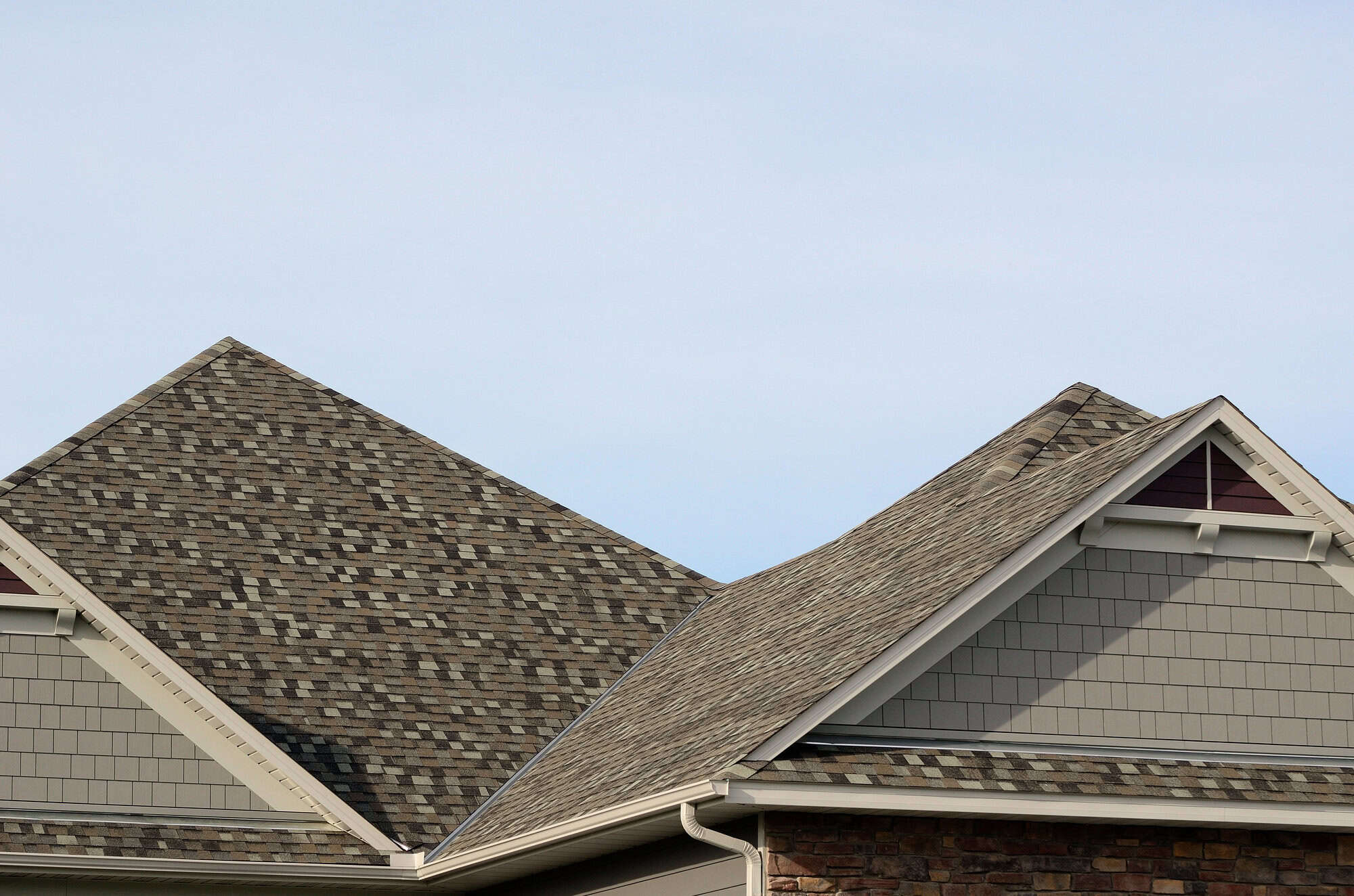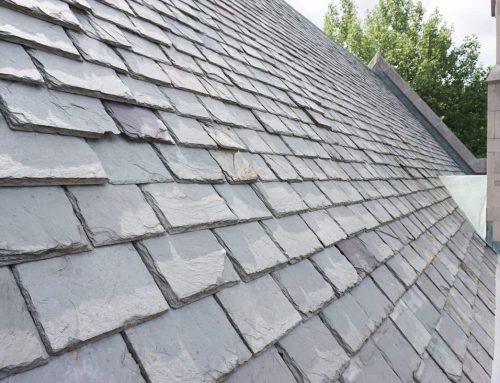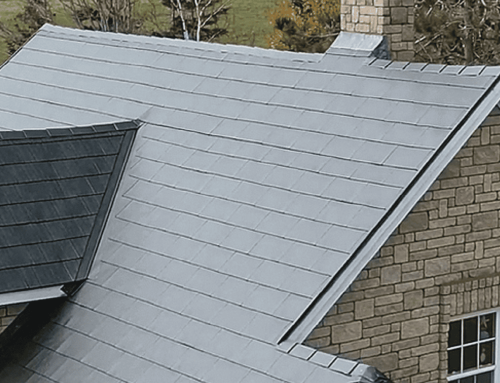When it comes to home improvements that deliver both immediate satisfaction and long-term financial returns, few investments are as impactful as a new roof. In Toronto’s competitive real estate market, where buyers scrutinize every detail and properties often receive multiple offers, the condition of your roof can make or break a sale. A worn, aging roof doesn’t just suggest upcoming expenses—it raises red flags about potential water damage, structural issues, and costly repairs that could lurk beneath the surface.
Quick Value Summary: New Roof ROI in Toronto
Immediate Benefits:
- Typical ROI: 60-70% of investment recovered at sale
- Eliminates buyer concerns about major repairs
- Prevents deal-breakers during home inspections
- Qualifies for better insurance rates and coverage
Market Advantages:
- Homes with new roofs sell 15-20% faster
- Reduces negotiation leverage for buyers
- Attracts more serious buyers
- Commands premium pricing in competitive markets
Hidden Value Factors:
- Prevents water damage and mold issues
- Improves energy efficiency and comfort
- Extends protection for other home systems
- Reduces long-term maintenance costs
Understanding how a new roof impacts your home’s value involves more than simple math. In Toronto’s demanding climate and competitive housing market, a quality roof represents security, peace of mind, and financial protection that resonates with both buyers and insurance companies. The investment extends far beyond the shingles themselves, touching every aspect of your home’s marketability and long-term value proposition.
The Real Estate Reality: Why Roof Condition Matters to Toronto Buyers
Toronto’s real estate market operates at a pace and intensity that leaves little room for uncertainty. When buyers are making decisions worth hundreds of thousands—or even millions—of dollars, roof condition becomes a critical factor that can instantly shift the balance of negotiations. A home with a questionable roof doesn’t just face repair costs; it faces buyer skepticism that can derail entire transactions.
Home inspectors in the GTA consistently identify roofing issues as among the most common deal-breakers. A roof showing significant wear, missing shingles, or signs of water infiltration immediately raises questions about what other problems might be hiding. Buyers understand that roofing replacement represents a major expense, often ranging from $15,000 to $40,000 or more depending on the home’s size and material choices.
The psychological impact extends beyond the financial calculations. Buyers viewing a home with an aging or damaged roof often begin mentally cataloging other potential issues. If the roof has been neglected, what about the furnace, electrical system, or plumbing? This skepticism can lead to lowball offers, extensive inspection demands, or buyers walking away entirely to find properties that don’t come with immediate major expenses.
Toronto’s competitive market dynamics amplify these concerns. When buyers have multiple options, properties with obvious maintenance needs often get passed over in favor of move-in-ready alternatives. Even when buyers are willing to consider homes needing roof work, they typically demand significant price concessions that often exceed the actual replacement cost, as they factor in the inconvenience, contractor coordination, and potential for discovering additional problems during the roofing project.
The inspection process itself becomes smoother and more positive when buyers encounter a relatively new roof. Instead of dwelling on potential problems and repair costs, conversations can focus on the home’s positive attributes and long-term potential. This shift in focus often translates to stronger offers and more favorable negotiating positions for sellers.
Financial Returns: Understanding ROI in Toronto’s Market
The financial impact of roof replacement on home value in Toronto varies significantly based on timing, market conditions, and the specific circumstances of each property. While roof replacement rarely offers a complete return on investment immediately, the broader financial picture often justifies the expense when considering both direct value increases and indirect benefits.
Recent market analysis in the GTA suggests that homeowners typically recover 60-70% of their roofing investment in increased home value at the time of sale. For a $25,000 roof replacement, this translates to approximately $15,000-$17,500 in added value. However, this calculation doesn’t capture the full financial picture, as it doesn’t account for faster sale times, reduced negotiation concessions, or prevented deal failures.
The timing of roof replacement significantly impacts financial returns. A roof replaced just before listing provides maximum marketing benefit and buyer confidence. Conversely, a roof replaced several years earlier may not show the same immediate value boost, though it still provides the underlying benefits of eliminated buyer concerns and inspection issues.
Premium roofing materials often provide better ROI in Toronto’s market, particularly in higher-value neighborhoods where buyers expect quality finishes throughout the home. Metal roofing, architectural shingles, or synthetic materials that offer superior longevity and weather resistance appeal to buyers who understand the local climate challenges and value long-term performance over initial cost savings.
The financial benefits extend beyond sale price to include reduced carrying costs during the selling process. Homes with new roofs typically spend 15-20% less time on the market, reducing mortgage payments, utilities, and maintenance costs while the property is listed. For expensive Toronto properties, these savings can quickly add up to thousands of dollars.
Insurance considerations add another layer of financial benefit. Many insurance companies offer reduced premiums for homes with newer roofs, particularly those installed with impact-resistant materials or modern installation techniques. These savings compound over time, providing ongoing financial benefits that extend well beyond the sale transaction.
Beyond the Surface: Hidden Issues That Affect Value
The true value of roof replacement in Toronto extends far beyond the visible improvements to encompass a range of hidden issues that can significantly impact both home value and buyer perception. These underlying concerns often prove more costly and disruptive than the roof replacement itself, making proactive roofing investment even more valuable.
Water damage represents the most serious hidden concern associated with aging roofs. Toronto’s freeze-thaw cycles, ice dams, and severe weather events create numerous opportunities for water infiltration that may not be immediately visible. Once water penetrates the roof system, it can cause extensive damage to insulation, drywall, electrical systems, and structural components. The cost of repairing water damage often exceeds the original roof replacement cost, while the time and disruption involved in addressing these issues can be substantial.
Mold growth in attics and wall cavities represents another serious concern for Toronto homeowners. The combination of water infiltration and inadequate ventilation creates ideal conditions for mold development that can affect indoor air quality and require expensive remediation. Buyers are increasingly aware of mold risks, and even the suggestion of potential mold issues can derail sales or lead to significant price reductions.
Energy efficiency problems associated with aging roofs also impact home value in Toronto’s climate. Poor insulation, inadequate ventilation, and thermal bridging through damaged roofing systems can significantly increase heating and cooling costs. Modern roof replacement projects typically address these issues, improving overall home efficiency and reducing operating costs that appeal to cost-conscious buyers.
Pest infiltration through compromised roofing systems creates additional hidden problems that can affect both property value and livability. Squirrels, raccoons, and other wildlife common in the GTA often exploit roofing weaknesses to access attics and wall spaces, causing damage and creating health hazards. A new roof with proper installation and materials eliminates these entry points and provides peace of mind for both current homeowners and potential buyers.
The structural implications of roof problems extend throughout the home’s building envelope. Chronic water infiltration can weaken floor joists, wall studs, and foundation systems over time. While these issues may not be immediately apparent, they can surface during detailed inspections and create significant liability concerns for sellers. Addressing roofing problems proactively prevents these cascading failures and maintains the structural integrity that buyers expect.
Insurance Considerations: Coverage and Premiums
Insurance companies increasingly factor roof age and condition into their coverage decisions and premium calculations, making roof replacement a significant consideration for Toronto homeowners beyond simple home value concerns. Understanding these insurance implications can help homeowners make more informed decisions about roofing investments and their overall financial impact.
Most insurance providers in Ontario consider roofs over 20 years old to be higher risk, with some companies requiring inspections or imposing coverage limitations for older roofing systems. Roofs over 25-30 years may face outright coverage denials or substantially higher premiums that reflect the increased likelihood of weather-related claims. For Toronto homeowners, where severe weather events are common, these insurance considerations can significantly impact both coverage availability and costs.
The type of roofing material also influences insurance premiums and coverage options. Impact-resistant shingles, metal roofing, and other durable materials often qualify for premium discounts that can offset a portion of the installation costs over time. These discounts recognize that superior materials reduce claim frequency and severity, particularly for hail damage and wind-related losses common in the GTA.
Modern installation techniques and building code compliance also factor into insurance considerations. Roofs installed to current standards with proper ventilation, ice dam prevention, and wind resistance features often qualify for better coverage terms. Insurance companies recognize that properly installed roofs are less likely to fail during severe weather events, reducing their exposure to large claims.
The claims history associated with roofing problems can also impact future coverage and premiums. Multiple claims for roof-related water damage or storm damage can lead to policy non-renewal or significant premium increases. Proactive roof replacement before problems develop helps maintain a clean claims history and preserves access to competitive insurance rates.
For homeowners considering selling, insurance considerations become even more important. Buyers often face challenges obtaining insurance for homes with aging roofs, and may receive quotes substantially higher than expected. This insurance uncertainty can complicate financing arrangements and add unexpected costs that make properties less attractive to potential buyers.
Timing Your Investment: Market Conditions and Seasonal Factors
The timing of roof replacement in Toronto involves balancing multiple factors including market conditions, seasonal weather patterns, contractor availability, and personal circumstances. Understanding these timing considerations can help maximize both the immediate benefits and long-term value of your roofing investment.
Spring and early summer represent the optimal timing for roof replacement in Toronto, both from practical and market perspectives. Weather conditions are favorable for installation, contractor availability is typically better than during peak season, and completed projects provide maximum benefit during the active real estate season. Homes listed in late spring or summer can showcase new roofing work to buyers who are actively house hunting during the market’s busiest period.
Market conditions also influence optimal timing for roofing investments. In seller’s markets, where inventory is low and competition among buyers is intense, a new roof can provide the competitive edge needed to attract premium offers. Conversely, in buyer’s markets, a new roof may be necessary just to compete with other well-maintained properties and avoid being overlooked by choosy buyers.
The relationship between roof replacement and listing timeline requires careful consideration. Replacing a roof immediately before listing provides maximum marketing benefit but may create time pressure that could affect contractor selection or installation quality. Replacing a roof 6-12 months before listing allows time to address any installation issues while still providing substantial buyer confidence benefits.
Seasonal pricing variations also impact the financial equation. Roofing contractors often offer better pricing during slower periods in late fall or winter, though weather constraints may delay installation until spring. These timing strategies can improve the overall ROI of roofing investments while ensuring quality installation when weather conditions are favorable.
Emergency situations, such as storm damage or sudden roof failure, eliminate timing flexibility but may provide opportunities for insurance coverage that significantly reduces out-of-pocket costs. Working with experienced contractors who understand insurance processes and requirements can help maximize coverage while ensuring quality repairs that maintain or enhance home value.
Making the Investment Decision
Deciding whether to replace your roof before selling involves weighing immediate costs against potential benefits in Toronto’s dynamic real estate market. The decision becomes clearer when you consider not just the direct financial return, but the broader impact on marketability, buyer confidence, and transaction success.
The age and condition of your current roof provide the starting point for this analysis. Roofs over 15 years old in Toronto’s climate typically show visible wear that raises buyer concerns, while roofs over 20 years old often become significant negotiation issues. If your roof is approaching or exceeding these thresholds, replacement before listing often provides clear benefits that justify the investment.
Market conditions in your specific area and price range also influence the decision. In competitive neighborhoods where buyers have multiple options, a new roof can provide the differentiating factor that attracts serious offers. In slower markets, a new roof may be necessary just to generate buyer interest and avoid extended listing periods.
The overall condition and value of your home should factor into roofing investment decisions. For higher-value properties, buyers expect all major systems to be in excellent condition, making roof replacement a natural part of preparing for sale. For more modest properties, the decision requires careful analysis of whether the investment will generate sufficient return to justify the expense.
Consider consulting with both roofing contractors and real estate professionals to get accurate assessments of your roof’s condition and the likely market impact of replacement. Experienced contractors can identify issues that may not be immediately apparent, while knowledgeable real estate agents can provide insights into buyer expectations and market dynamics in your area.
The quality of installation and materials significantly impacts both immediate value and long-term benefits. Working with reputable contractors who understand Toronto’s climate challenges and local building requirements ensures that your investment provides maximum return. Quality installation also reduces the likelihood of callbacks or warranty issues that could complicate future sale transactions.
Protecting Your Home’s Future Value
A new roof represents more than just a maintenance expense or pre-sale improvement—it’s an investment in your home’s long-term value, marketability, and structural integrity. In Toronto’s challenging climate and competitive real estate market, this investment often pays dividends that extend far beyond the initial cost.
The decision to replace your roof should consider your timeline, market conditions, and overall home maintenance strategy. Whether you’re planning to sell soon or want to enhance your home’s long-term value, a quality roof replacement addresses immediate concerns while providing lasting benefits that protect your investment for years to come.
If you’re considering roof replacement or have questions about your current roof’s condition and its impact on your home’s value, contact Ontario Downspout Service today for a free consultation.








